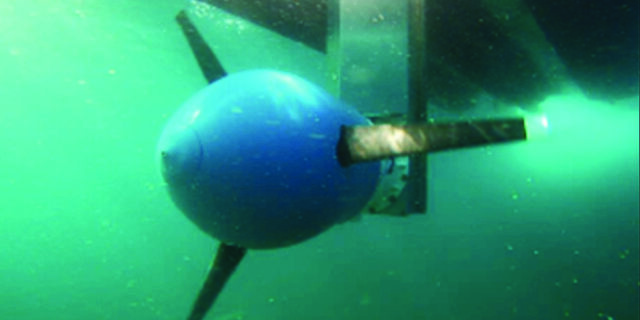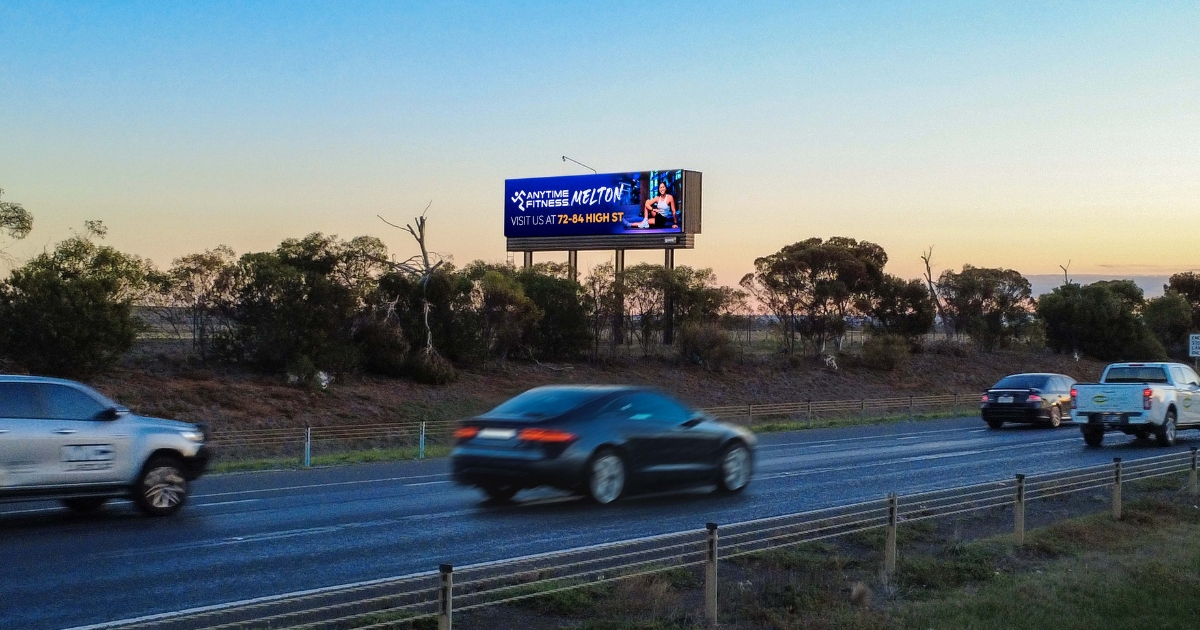Queenscliff Harbour investigates tidal turbine potential

Queenscliff Harbour is working with Southern Ocean Environmental Link and Altum Green Energy on the project. Photo: FACEBOOK/QUEENSCLIFF HARBOUR
QUEENSCLIFF’S harbour is being touted as the possible first of many renewable energy hubs along the coast if a joint project comes to fruition.
Last week, Queenscliff Harbour management announced it had partnered with non-profit organisation Southern Ocean Environmental Link (SOEL) and underwater turbine manufacturer Altum Green Energy (AGE) to investigate the potential of installing a tidal turbine, which would generate electricity using the natural ebb and flow of the tide.

Queenscliff Harbour has been selected as the best site due to its proximity to Port Phillip Heads, which has a strong influence on the region’s tidal movements.
“This project will represent a commercially viable solution for coastal towns to introduce a source of predictable and reliable renewable energy for their community,” harbour management stated.
The project’s first stage involved deploying a floating velocity sensor to assess the tidal movement in the harbour creek.
Over a three-week period, AGE will assess the creek’s flow movements using real-time data obtained from the sensor.
Based on the measurements, AGE will determine the energy potential of the channel, including the flood and ebb tide variation.
This data will reflect the ideal location of the future tidal turbine, which is expected to be deployed at some point this month.
“SOEL has worked closely with the Parks Victoria team to determine the key environmental factors of the project,” harbour management stated.
“All appropriate safety measures and precautions have been set in place to ensure the safety and quality of our marine environment, as well as community members.”
AGE says its turbines can operate in any location where there is slow-flowing water.
As well as bridges and ports, the technology is being pitched at island communities, rivers and canals, and the wider blue economy.

















